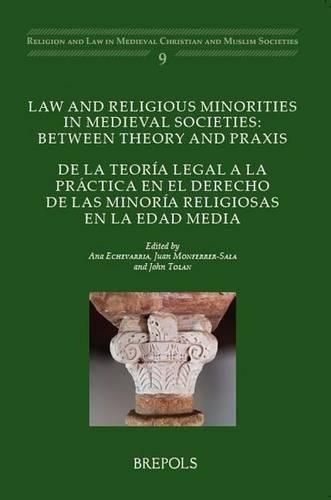Readings Newsletter
Become a Readings Member to make your shopping experience even easier.
Sign in or sign up for free!
You’re not far away from qualifying for FREE standard shipping within Australia
You’ve qualified for FREE standard shipping within Australia
The cart is loading…






Muslim law developed a clear legal cadre for dhimmis, inferior but protected non-Muslim communities (in particular Jews and Christians) and Roman Canon law decreed a similar status for Jewish and Muslim communities in Europe. Yet the theoretical hierarchies between faithful and infidel were constantly brought into question in the daily interactions between men and women of different faiths in streets, markets, bath-houses, law courts, etc. The twelve essays in this volume explore these tensions and attempts to resolve them. These contributions show law was used to attempt to erect boundaries between communities in order to regulate or restrict interaction between faithful and non-faithful and at the same time how these boundaries were repeatedly transgressed and negotiated. These essays explore the possibilities and the limits of the use of legal sources for the social historian.
$9.00 standard shipping within Australia
FREE standard shipping within Australia for orders over $100.00
Express & International shipping calculated at checkout
Muslim law developed a clear legal cadre for dhimmis, inferior but protected non-Muslim communities (in particular Jews and Christians) and Roman Canon law decreed a similar status for Jewish and Muslim communities in Europe. Yet the theoretical hierarchies between faithful and infidel were constantly brought into question in the daily interactions between men and women of different faiths in streets, markets, bath-houses, law courts, etc. The twelve essays in this volume explore these tensions and attempts to resolve them. These contributions show law was used to attempt to erect boundaries between communities in order to regulate or restrict interaction between faithful and non-faithful and at the same time how these boundaries were repeatedly transgressed and negotiated. These essays explore the possibilities and the limits of the use of legal sources for the social historian.